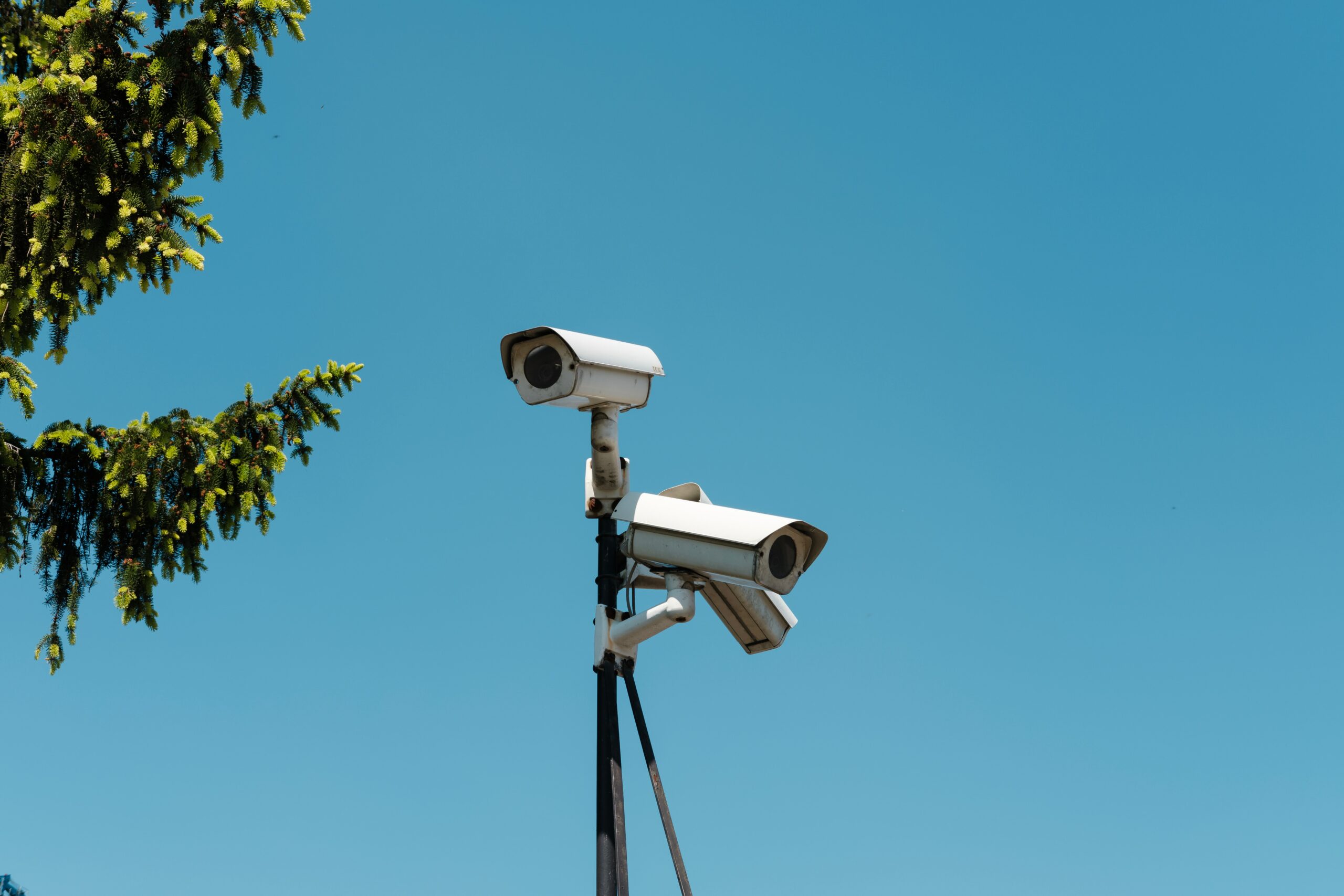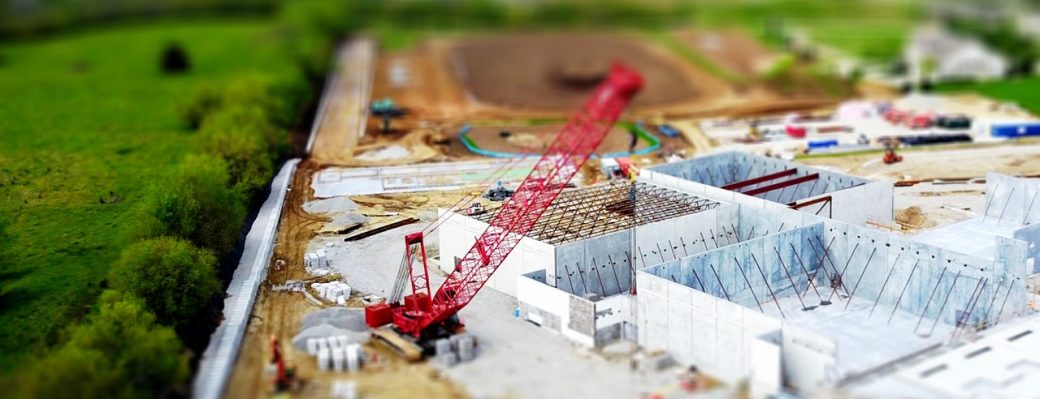The quest for security in bustling cities like Brisbane and Gold Coast has propelled the implementation of advanced alarm systems. These systems, with their ability to deter intruders and provide swift responses to potential threats, stand as crucial components in fortifying the safety of these urban landscapes.

The right alarm system is a vital part of protecting your home, and optimising its set-up is key to bolstering your security. Discover how to make the most of your alarm’s features, including:
1. Identify Vulnerable Entry Points
Many people install security screens for their doors and larger windows, such as sliding doors or bay windows. However, smaller windows such as bathrooms and standalone loos are often overlooked. Leaving these vulnerable entry points unprotected opens them up to unscrupulous criminals, putting your home or business at risk.
Durability
When selecting a camera system, durability plays a crucial role, especially in Australia’s extreme weather conditions. From scorching heat waves to torrential rain, your camera systems must be resilient enough to withstand any condition.
2. Monitor All Doors
Optimal alarm system Brisbane set-up begins with an in-depth assessment of your property. This includes identifying vulnerable entry points and determining the best way to monitor them. With the right set-up, you can protect your property from intruders and ensure that you always have an eye on things – even when you’re not home.
With a smart sensor, you can receive immediate alerts if any irregular activity occurs. This will help you identify any potential threats and take the necessary action. You can also monitor all activity from anywhere in the world with customisable alerts.
Invest in Crimsafe security windows to provide the ultimate protection for your home. They’re designed to withstand Queensland’s harsh climate, keeping your home safe from fire, cyclones, hailstones, flying debris, flies, mosquitoes, and UV rays. In addition to this, they can also reduce energy consumption by letting in the breeze without compromising your home’s security.
3. Monitor All Windows
In the land where Jacarandas bloom and the laid-back Queensland spirit prevails, it’s vital to ensure that our homes are safe sanctuaries of solace. Security systems play a critical role in upholding this goal, but the selection and ongoing maintenance of these devices can often prove challenging.
A Home’s Unique Features
For example, a property with multiple levels might require more sensors at staircases or landings to ensure that the whole interior is monitored. Or, if you live in an open-plan home, your system might need to detect movement in areas that aren’t traditional entry points, such as balconies or verandas.
It’s also important to stay up-to-date with the latest software and hardware. Tech-savvy intruders are adept at outsmarting older systems, and installing a newer model could mean the difference between a nuisance alarm and genuine protection. Lastly, ensuring that your system is compliant with Australian standards (like AS 2201) can be a great way to show insurers that you’re responsible and proactive in your risk mitigation efforts, potentially saving on premiums.
4. Monitor All Access Points
Alarm management is the process of ensuring control room operators have access to the important information they need during a normal day and during a system upset. This involves alarm optimisation and defining a philosophy for how alarms should be designed.
Traditional alarm optimisation methods focus on reducing the number of alarms in a control room. This is a good goal, but it misses the point that many of these alarms are valuable warnings that prevent unscheduled shutdowns.
A new approach is to use alarm optimisation techniques to improve the quality of the system. These techniques include alarm filtering, shelving (think of it as hitting the snooze button), and dynamic suppression. The latter is the most difficult to implement because it requires a system with intelligent rules that determine what is important under the current circumstances. This can be very complex, but many new tools are emerging on the market to make this possible.
5. Monitor All Areas
An alarm system Gold Coast is a great way to boost your security, but it can also be a source of confusion. Having an optimised system means that you will have more time to respond to critical alarms and less chance of being overloaded with unnecessary ones.
The evaluation of alarm characteristics so that every alarm meets good alarm properties as defined by EEMUA 191 can be a daunting task, especially for large plants with huge numbers of process measurement points in DCS and SIS subsystems, each of which may have thousands of signal filtering and escalation settings. Alarm rationalization projects can require enormous personnel and resource commitments.
Fortunately, there are simple solutions that can help alleviate this issue. These can include alarm filtering and suppression techniques, as well as a reorganization of signal filtering settings, alarm limits, and priority system configuration. In addition, a cross-zoning technique can be implemented to reduce the number of alarms sent to the control room and ensure that important alarms are acted upon promptly.
6. Monitor All Areas in Real-Time
A professional security system staffed 24/7 offers peace of mind and a quick response from authorities in case a genuine threat is detected. However, such a system typically comes with monthly or annual fees for this monitoring service.
Choosing sensor types that can handle the region’s diverse climate (from sweltering summers to sudden storms) and minimise false alarms is essential. Common sensors include contact and motion sensors. Shelving an alarm means temporarily hiding it from view so operators can focus on high-priority alarms that are critical for the success of CRO responses.
In one plant, an alarm rationalization project reduced the number of control room alarms by more than half while maintaining operator situation awareness. This was achieved by separating alarms into five priority levels: 0-Diagnostic, 1-Low, 2-Medium, 3-High, and 4-Critical. It also incorporated alarm-suppression rules that are appropriate for each priority level. Aside from these advanced features, modern systems come with battery alerts that remind users to replace batteries before they deplete. This ensures continuous monitoring even during power outages, keeping your Brisbane home protected.
In conclusion, optimising alarm systems for enhanced security in Brisbane and Gold Coast is a multifaceted endeavour that requires meticulous attention to detail and adaptation to local conditions. Identifying vulnerable entry points, monitoring all access areas, and embracing technological advancements serve as the cornerstone of fortified security. Balancing the need for robust security measures with the unique features of homes and businesses, coupled with professional monitoring services, fosters a sense of safety within these vibrant communities. Brisbane’s Jacaranda-lined streets and the relaxed spirit of Gold Coast find their true beauty not just in picturesque landscapes but in the collective commitment to safety and resilience. Therefore, the harmonious blend of cutting-edge alarm systems and the community’s vigilance stands as a testament to the shared goal of creating safe sanctuaries within these thriving cities.



